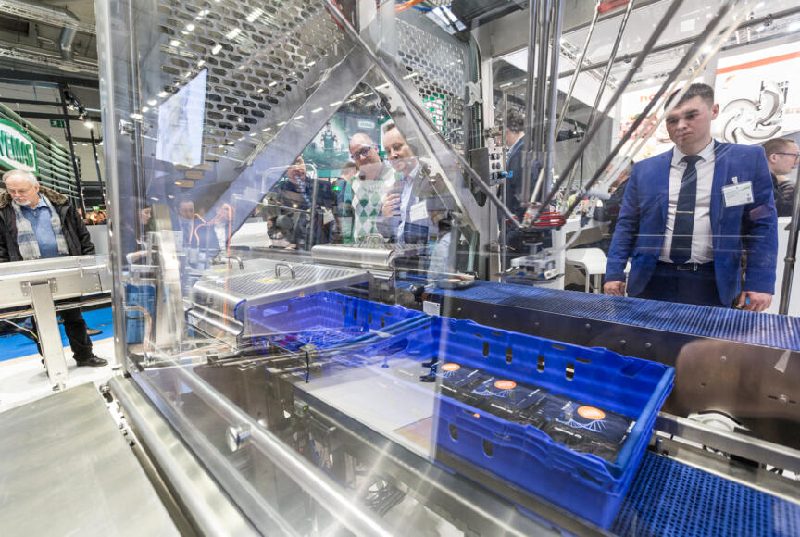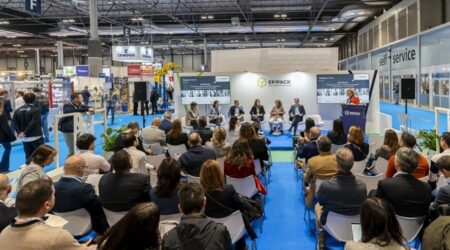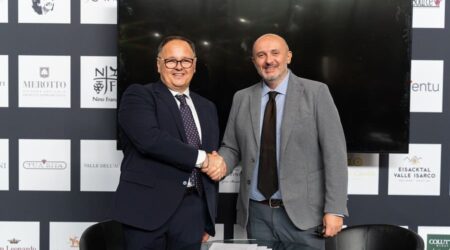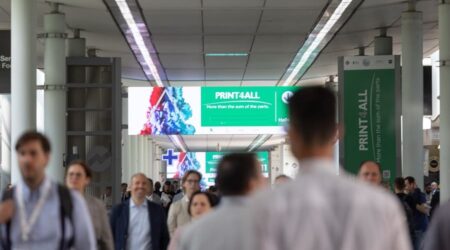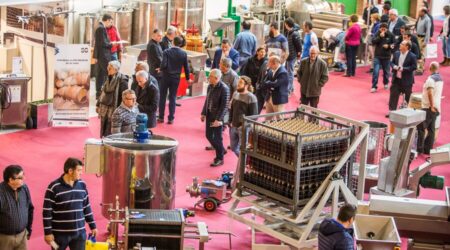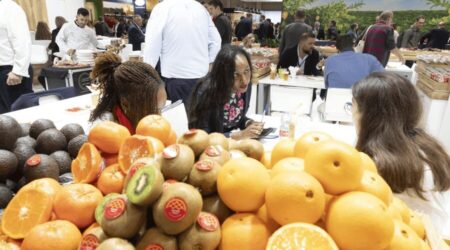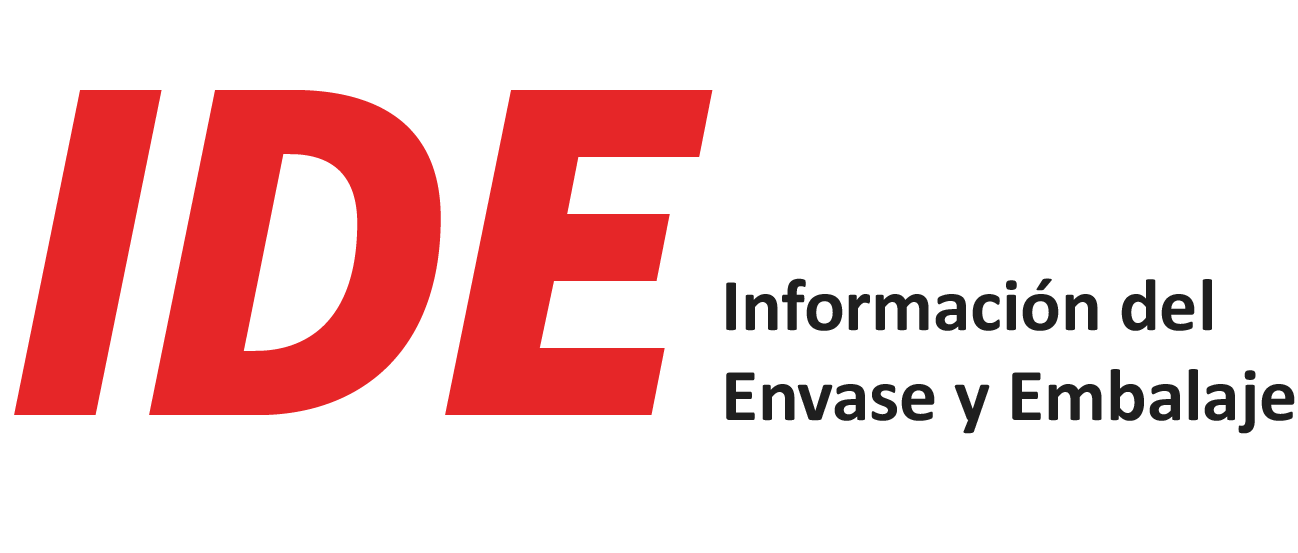Anuga FoodTec and Industry 4.0: Sensors and measurement technology are considered to be key technologies on the shop floor
Indice
Up until a few years ago, it sufficed for food producers to change their production structure several times a year on a seasonal basis. Today, the demands of the industry’s shop floors have changed significantly. The large number of individual consumer demands makes it necessary to be able to switch over machines, adapt recipes and introduce alternative packaging forms at all times. This new form of production control links up sensory real-time data with reliable predictions about the operating states of the machines and combines these with economic considerations. Ideas for solutions to these complex questions will be a key theme at the coming edition of Anuga FoodTec in Cologne from 26 to 29 April 2022.
Digitalisation begins at field level
Robots and automation are indispensable for the food industry. Many processes have been automated and partly already digitalised over the past years. However in the «smart food factory» of tomorrow, the machines will communicate with each other autonomously in order to complete their tasks. In the scope of their Industry 4.0 strategy, the automation specialists and measurement technology providers are developing concrete solutions here, which can be seamlessly introduced at field level and which immediately offer food producers an additional benefit. As a first step in the direction of the digital transformation, they are integrating new sensors into the existing machines and configuring them so they can upload data to the Cloud and communicate with smartphones. Ideally, the critical process parameters such as the sugar and nitrogen content are directly transmitted to the tablet display in real-time via Bluetooth. This allows the efficiency of the line to be determined and also frequently enables potential bottlenecks in the process to be identified, which in turn offers further possibilities for the improvement of the overall equipment effectiveness (OEE).
The timely determination and elimination of faults
Above all, there is an increased demand for sensors that are capable of more than just transforming a physical measured value in 4….20 milliamperes. «Smart» sensors with an integrated microprocessor are called for, which in addition to purely recording measured values also additionally unite the signal preparation and processing tasks. The sensors are no longer merely interesting for the engineers responsible for the production. Because as well as the classic tasks such as measuring the temperature, pressure or pH value, they also play a key role in the continual monitoring of the engines and pumps. Sensors that record the position and acceleration parameters as well as oscillations, make what otherwise wouldn’t be detected until it was too late visible: the wear and tear of mechanical components. In this way, the operating staff can access all information at any time, make well-founded servicing decisions – and thus resolve any problems that occur within the process. However, the networked sensors also demand continuous information channels down to the lowest field level regardless of the respective manufacturers. It is important that all machines communicate using standard protocols and joint data sets. On the basis of emerging future communication standards, such as Powerlink, Open Safety, OPC Unified Architecture or IO-Link, many of the companies exhibiting at the fair grounds in Cologne are pushing the development of universal specifications.
Assistance systems create more transparency
Mid-term, the tools and web services are to be enhanced by a further dimension, namely by assistance systems. This is one theme that will no doubt also take centre stage on many forums and lecture stages of Anuga FoodTec 2022, because in spite of widespread criticism, the food production of the future certainly doesn’t want halls without people. The Fraunhofer Institute for Process Engineering and Packaging, IVV, in Dresden has developed SAM, such a self-learning assistance system, which supports the machine operators in the food industry in eliminating faults and developing experience and process knowledge. SAM can learn at the same speed as a person and recognise patterns even after just a few repetitions. It supports the cognitive skills in preparing information, taking decisions and in the execution and control of machines, processes and products. Through the combination of industrial image recognition and an intelligent database, assistance systems accompany the employees in real-time during the production.
Solutions for the industrial practice
IT experts are therefore expecting the largest growth in the implementation of Industry 4.0 technologies in the sections virtual reality and augmented reality – two visualising processes which are already implemented in many companies today for learning and training purposes. Together with partners from the industry and science, SAM is to continue growing in the coming years and its functions are to be enhanced through such modules. Then, different interaction tools, such as wearables, data glasses or eye trackers, can be attached via an interface. For example, the usage of external sensors as well as voice and gesture identification are perceivable. Perspectively, SAM is to be implemented for both the operation and servicing, assembly and development of machine – all aspects of which are picked up on at Anuga FoodTec in Cologne and which are the focus of the digitalisation strategies for the production of food and beverages.
The leading theme of Anuga FoodTec, «Smart Solutions – Higher Flexibility», focuses on the systematic optimisation of processes for the production of food and beverages. The specialised programme organised by the DLG (German Agricultural Society) focuses on smart solutions for the current challenges of the industry. In addition to flexibility and efficiency, environmentally and climate-friendly aspects also play a major role. Against this backdrop, expert forums will address a variety of current themes of the food technology section and link scientific findings with business practice. Furthermore, the visitors of Anuga FoodTec will gain a compact overview and orientation of the forward-looking innovations in the field of food technology during the guided tours around the fair grounds.
Event information (examples):
Tuesday, 26.04.2022
11:50 a.m. – 1:20 p.m. – Intralogistics 4.0
Organiser: DLG:
Main Stage Smart Solutions – Higher Flexibility, Hall 7, E 90
3:30 – 5:00 p.m. – Smart solutions to combat food waste
Organiser: DLG
Main Stage Smart Solutions – Higher Flexibility, Hall 7, E 90
Wednesday, 26.04.2022
1:40 – 3:10 p.m. – Optimisation of the digital supply chain
Organiser: DLG
Main Stage Smart Solutions – Higher Flexibility, Hall 7, E 90
The event and congress programme will partly also be transmitted via Anuga FoodTec @home, including also the events described here, which will be streamed on the online platform and which will subsequently be available on demand up until 30.06.2021.
Koelnmesse is the organiser of Anuga FoodTec. The DLG, the German Agricultural Society, is the professional and industry sponsor of Anuga FoodTec.
For further information, the list of exhibitors and the event and congress programme visit: www.anugafoodtec.com


